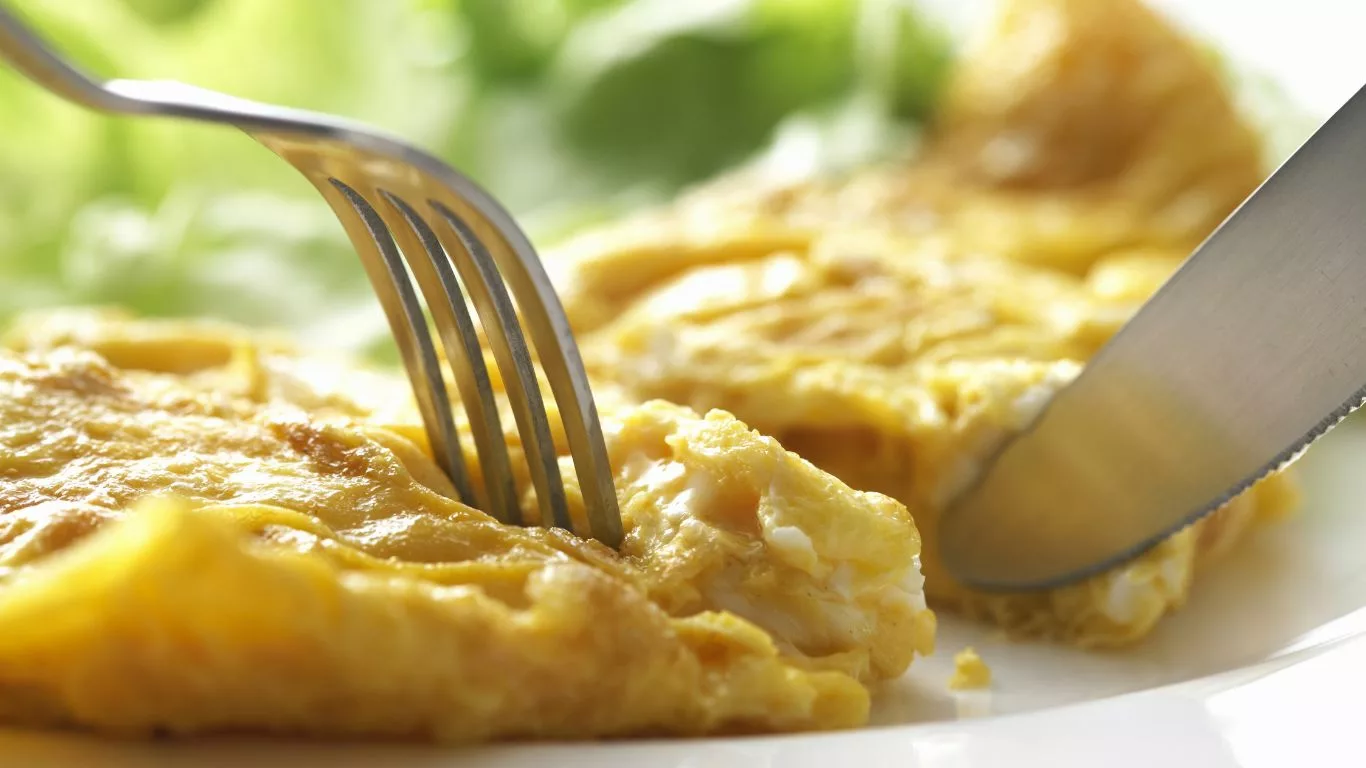Is Pasta Safe for GERD? Exploring Comfort Foods for Acid Reflux
Wondering if pasta can fit into a GERD-friendly diet? In this guide, we’ll explore the do’s and don’ts of enjoying pasta while managing acid reflux, so you can savor your meals with less worry!

What Is GERD, and Why Does Food Matter?
GERD (Gastroesophageal Reflux Disease) is a chronic condition where stomach acid frequently flows back into the esophagus. This can cause heartburn, chest discomfort, and even long-term damage to your esophagus if not managed properly.
So why does food matter? Well, certain foods can either trigger or worsen GERD symptoms, making meal choices extra important. If you’re a pasta lover, you’re probably wondering: is pasta safe for GERD? Let’s break it down.
Pasta and GERD: What’s the Connection?
Good news first: pasta itself isn’t usually the culprit when it comes to GERD. It’s not inherently spicy, greasy, or acidic—three big triggers for reflux. But here’s the catch: what you put on the pasta matters a lot more.
Triggers to Avoid with Pasta:
- Tomato Sauce: Acidic foods like tomatoes are a major no-no for GERD sufferers. Even small amounts can set off heartburn.
- Garlic and Onions: While they’re flavor powerhouses, they’re also GERD triggers for many people.
- Cheese Overload: Heavy, creamy sauces made with cheese or butter can delay stomach emptying, making reflux more likely.
- Spices and Peppers: Be cautious with spicy pasta dishes, as they can irritate the lining of the esophagus.
GERD-Friendly Pasta Options:
- Plain Pasta: Simple, boiled pasta is generally fine for GERD. Opt for whole-grain or gluten-free versions if you have sensitivities.
- Mild, Low-Acid Sauces: Pesto (without garlic), light olive oil, or even a GERD-friendly white sauce can be good options.
- Protein Additions: Lean proteins like grilled chicken or turkey pair well with pasta and are gentle on the stomach.

Tips for Enjoying Pasta Without the Burn
1. Opt for Smaller Portions
Overeating is one of the biggest GERD triggers, no matter the food. Stick to smaller servings of pasta to avoid putting extra pressure on your stomach.
2. Skip the Acidic Ingredients
Say goodbye to marinara sauce and hello to GERD-friendly alternatives like creamy cauliflower sauce or olive oil-based dressings.
3. Incorporate Vegetables Carefully
Vegetables like zucchini, spinach, and carrots are great pasta additions. But avoid trigger veggies like onions, garlic, or spicy peppers.
4. Cook Pasta Al Dente
Overcooked pasta can become sticky and harder to digest. Al dente pasta is not only tastier but also gentler on your stomach.
5. Time Your Meals Wisely
Don’t eat pasta (or any meal) too close to bedtime. Give yourself at least 2–3 hours to digest before lying down.

GERD-Friendly Pasta Sauce Recipes
Light Olive Oil & Herb Sauce
Ingredients:
2 tbsp extra virgin olive oil
Fresh basil, parsley, or thyme
A pinch of salt
Mix these ingredients with your favorite pasta for a simple, reflux-friendly meal.
Creamy Cauliflower Sauce
Ingredients:
1 cup steamed cauliflower
½ cup unsweetened almond milk
A pinch of nutmeg
Blend until smooth and toss with pasta for a comforting dish.
Pesto Without Garlic
Ingredients:
1 cup fresh basil leaves
¼ cup olive oil
¼ cup pine nuts
Blend together, and you’ve got a GERD-safe pesto!

Conclusion
Yes, pasta can absolutely be part of a GERD-friendly diet—as long as you’re careful with sauces, toppings, and portion sizes. Avoid common triggers like tomato sauce and garlic, and opt for lighter, gentler flavors instead. With a little creativity, you can enjoy pasta nights without the worry of heartburn.
Appendices
References
- American Gastroenterological Association. (2023). “Managing GERD with Diet.” Read Article
- Smith, J., & Peters, C. (2022). “GERD Triggers and Safe Food Alternatives.” Journal of Digestive Health.
- National Heartburn Alliance. (2024). “Top Tips for Managing GERD Symptoms.” Read Article
FAQs
- Can I eat spaghetti with GERD?
Yes, but skip acidic tomato sauce and go for light, oil-based sauces. - Are gluten-free pastas better for GERD?
Not necessarily, but they may help if you also have gluten sensitivities. - Is butter safe for GERD?
In small amounts, yes. Avoid heavy butter-based sauces. - Can I use cheese in my pasta?
Stick to mild, low-fat cheeses and use them sparingly. - What pasta shapes work best for GERD?
Any shape works as long as the sauce is GERD-friendly. - Is whole wheat pasta better for GERD?
It can be, as it’s often easier to digest and less processed. - What vegetables are GERD-safe for pasta?
Try zucchini, spinach, and carrots, but avoid onions and peppers. - Can I eat lasagna with GERD?
Traditional lasagna might trigger GERD due to tomato sauce and cheese. Opt for GERD-safe modifications. - How often can I eat pasta with GERD?
As often as you like, as long as you stick to GERD-friendly recipes. - Should I avoid spicy pasta dishes altogether?
Yes, spicy foods are best avoided if you have GERD.
Disclaimer: The content provided here is for informational purposes only and is not a substitute for professional medical advice. Always consult your doctor or a registered dietitian for personalized guidance.






